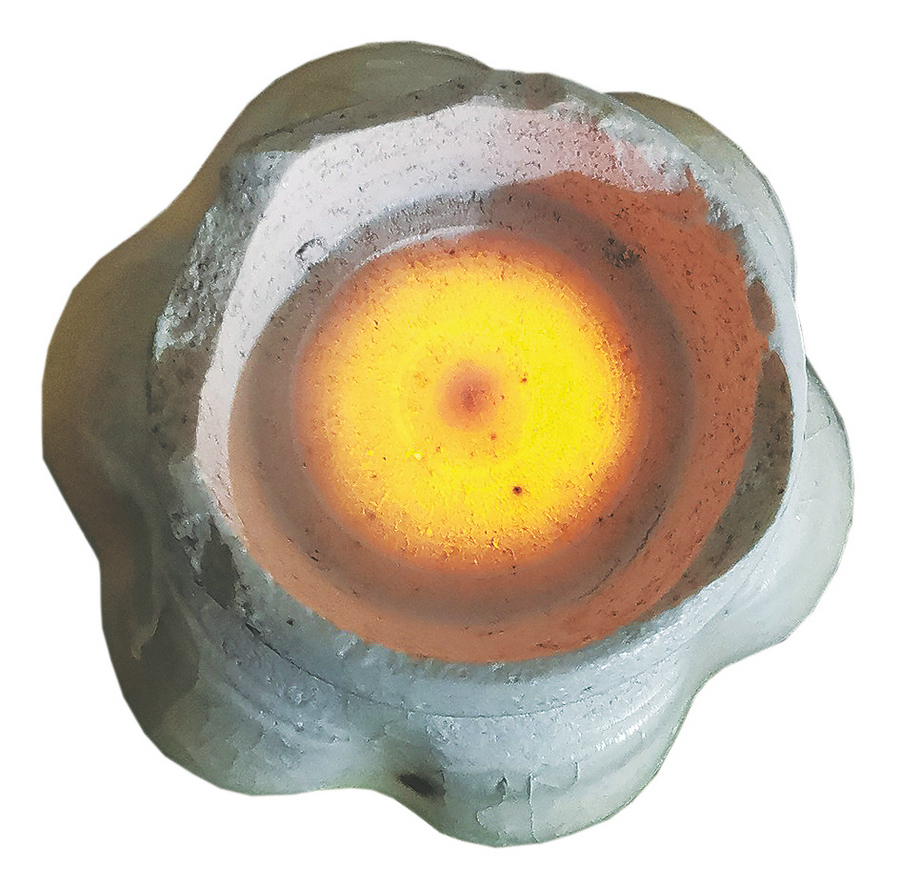

The Song Dynasty enjoyed a booming economy, and its culture prospered. In Qin's eyes, highly developed ceramics showcase the pinnacle of the era's handicraft industry.
"Before the Song Dynasty, China's porcelain production was generally centered in the east and south of the country, but it expanded to a much larger geographic area since," Qin says. "Western Xia benefited from that trend."
Researchers once believed that the upper classes during the Song era preferred celadon ceramics, due to an impression left by literature of the time, but in recent years, archaeologists have been given cause to think again.
"According to our excavations, they probably loved white porcelain more," Qin says. "We can see Western Xia rulers also favored it based on the studies of Suyukou. Despite conflict, they embraced not only the exquisite ceramics, but also the refined Song culture."
Wang from the Palace Museum also suggested viewing the findings in a context of the bigger picture, during the time of Western Xia and Song, when communication among ethnic groups contributed to the forming of the Chinese nation.
He points out that archaeological findings demonstrate a fact: Song people, Tangut people, or Khitan people who founded the Liao Dynasty (916-1125) in North China, tended to establish the royal kilns near their capital cities.
"Perhaps, this format of management was shared by various ethnic groups at that time," he says.